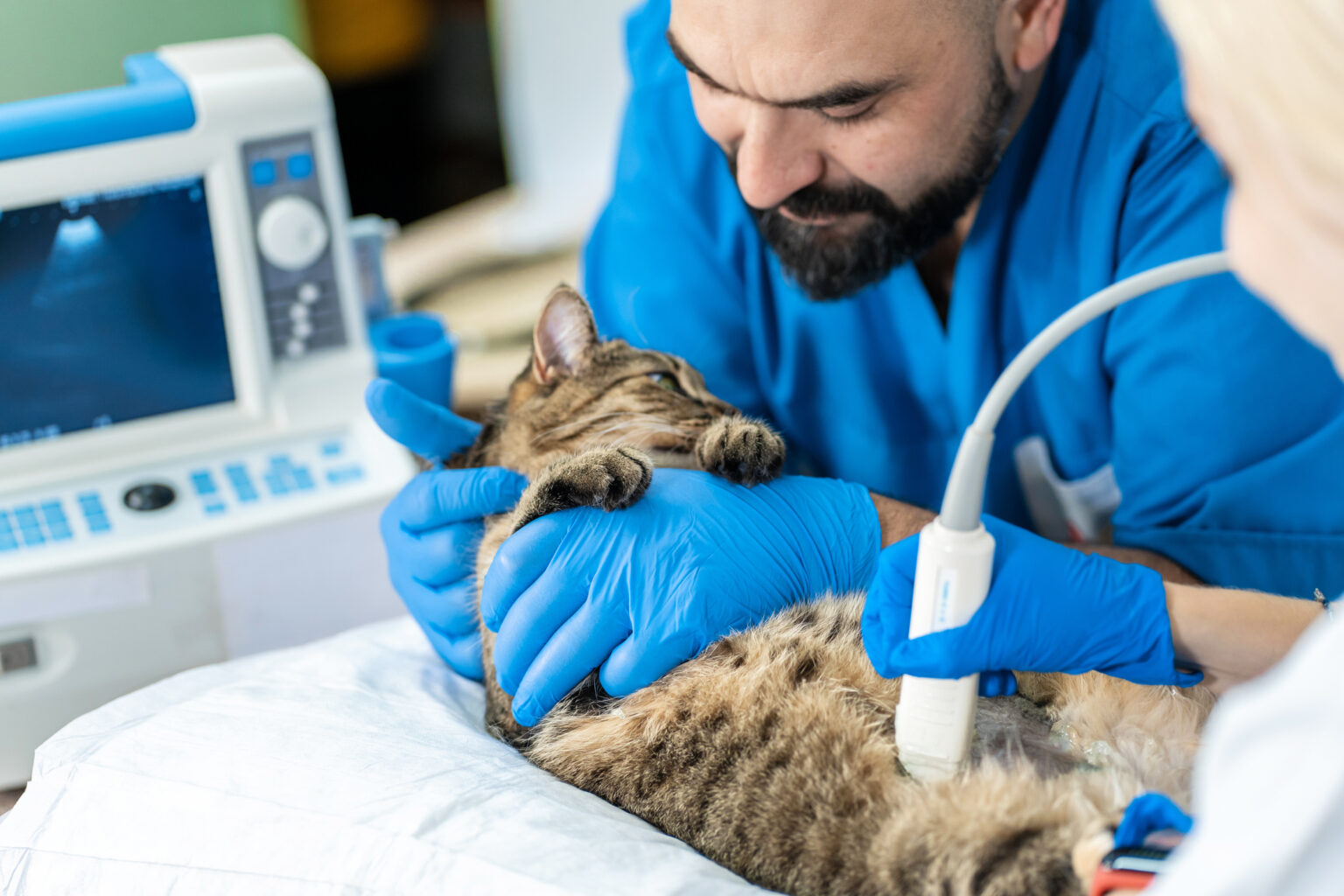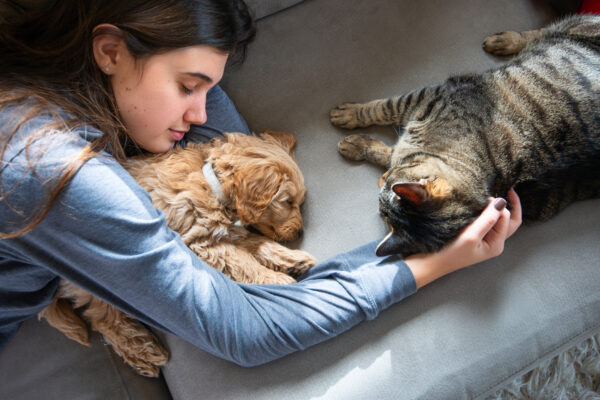Taking care of your cat during her pregnancy is an exciting time. Make sure you’re fully prepared for the new arrivals with my checklist of essentials:
1. Feed your mother-to-be kitten food
As soon as you find out your cat is pregnant, start feeding her a good quality kitten food and continue until the kittens are weaned. This will give her the increased energy and nutrients she needs for the growth of the kittens, and to produce her milk. Hill’s and Royal Canin are trusted brands for all life stages.
It’s also a good idea to have the food available at all times, as your cat will probably want to eat small, frequent meals.
Royal Canin Mother and Babycat dry food
- prebiotics boost digestive health
- antioxidants for a healthy immune system
- added vitamins and nutrients
- easy-wean formula
- DHA stimulates brain development
- complete mix for mother and kitten.
Hill’s Science Plan Kitten Healthy Development products are formulated to support immunity and digestive health, with clinically proven antioxidants and optimal levels of DHA from fish oil. Click one of these products for more information.
- Clinically proven antioxidants for a healthy immune system
- Sustains healthy vital organs with balanced sodium and phosphorus levels.
- Made with high quality ingredients for gentle, healthy digestion and great taste 100% guaranteed.
PURINA PRO PLAN Kitten with OPTISTART is for the healthy development of kittens from 6 weeks to 1 year. Combines all essential nutrients – including vitamin C & D, DHA and colostrum – in a high protein diet for kittens nursing and pregnant queens.
- Proven to help support intestinal health
- Helps support healthy vision and brain development with essential nutrients like DHA.
- Maximises the immune system due to colostrum, enabling a stronger, faster immune response.
- Supports healthy growth of bones and muscles with balanced minerals for bones and high protein levels for muscle development.
2. Set up a kittening area
Approximately 2 weeks before your cat is due to give birth, you should prepare a kittening area – cats are notorious for choosing to nest in the most inconvenient of areas if there is no suitable box available! Most cats will prefer a covered box and you must make sure it has no rough edges. It should have an easy to clean flooring and a small ledge at the doorway so that the kittens cannot fall out. Popular choices include:
- Front opening plastic pet travel carrier (with the door removed)
- A cardboard box (always popular with felines!)
- Laundry basket
- A brand new litter tray
Place the kittening box in a dark, quiet area away from any drafts or frequent foot traffic. Your cat will want to feel private, comfortable and safe. Once you’ve found the perfect location, place her litter box, food and water nearby, and let your cat sleep in the box so that she becomes familiar with it. Of course, when the moment comes, your cat may choose a different spot to have her kittens –- if so, it’s best to leave her be.
3. Choose the right bedding
Line your kittening box with paper or puppy training pads. Newspaper is a good choice as it is clean, disposable and absorbent, and your cat can tear it up when she is building her nest. You could also use soft, washable bedding such as blankets or towels. Change and/or wash the bedding each day.
4. Organise some emergency equipment
Before the delivery, you should gather together an emergency box, containing:
- Dental floss to tie the cord in case the mother doesn’t do it herself
- Clean scissors to cut the cord
- Iodine or chlorhexidine tincture to apply to the kittens’ navels to stop infection
Before your cat is due to give birth, visit your vet so you know what to expect and can ask any questions you may have. Make sure the number for your local vet or emergency provider is on hand in your home in case you need it during the birth.
You will need to call your vet if your cat strains unproductively for an hour or more during the birth; if she doesn’t appear to be taking care of the kittens, or if you have any other concerns. If your cat’s pregnancy wasn’t planned, please discuss with your vet when you can have her spayed.
5. Prepare milk replacer and kitten food
If a kitten is unable to nurse, or if your mother cat has mastitis, you’ll need to feed it via syringe with supplemental milk formula with colostrum. Some products to consider include:
It is a good idea to weigh the kittens daily, and if any are not putting on weight, contact your vet.
We wish you and your cat a safe and happy delivery!



